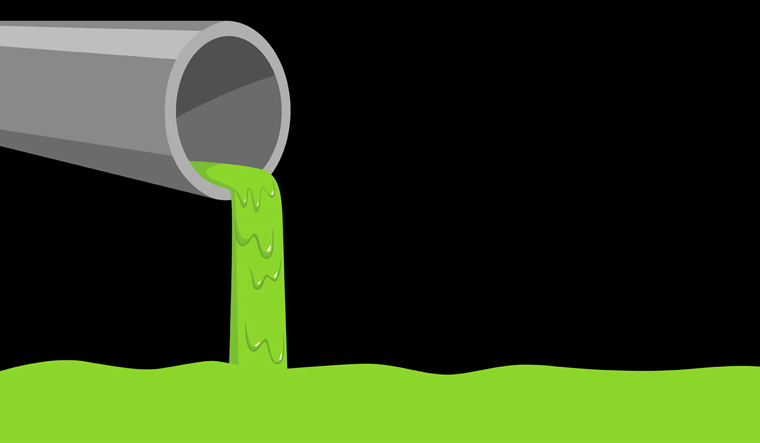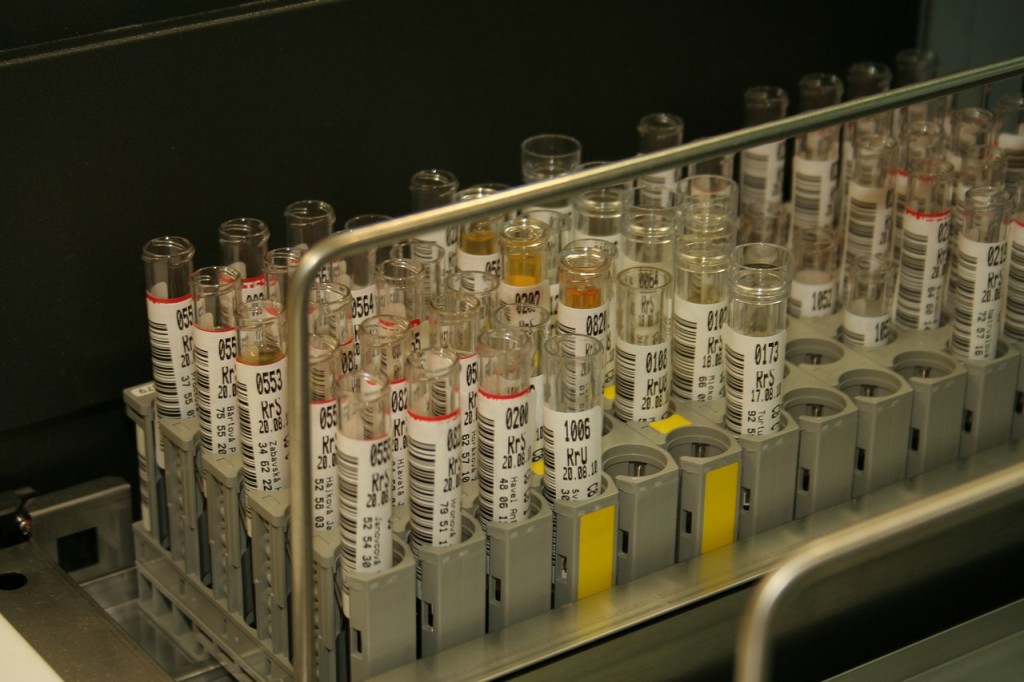Industrial Wastewater Treatment: Customized Solutions for Facility Wastewater Difficulties
Industrial Wastewater Treatment: Customized Solutions for Facility Wastewater Difficulties
Blog Article
How Liquid Garbage Disposal Functions: A Thorough Review of Methods and Technologies Utilized

Summary of Fluid Waste Types
The complexity of liquid waste kinds demands a detailed understanding of their attributes and effects for disposal. Fluid waste can extensively be classified into several types, consisting of industrial, local, agricultural, and contaminated materials. Each classification shows distinct residential properties, needing details management strategies to minimize environmental and health and wellness dangers.
Industrial fluid waste originates from manufacturing procedures and often consists of a series of contaminants, such as hefty steels, solvents, and natural compounds. Local liquid waste, primarily comprising wastewater from homes and industrial facilities, consists of raw material, nutrients, and pathogens (industrial wastewater treatment). Agricultural fluid waste, including drainage from farms, might contain fertilizers, pesticides, and animal waste, presenting threats to water top quality and environments
Unsafe liquid waste is defined by its toxicity, reactivity, or possible to cause injury. Recognizing these diverse liquid waste types is essential for creating effective disposal techniques and guaranteeing compliance with ecological policies.
Physical Therapy Methods

Screening is the preliminary action, where larger fragments and debris are removed from the liquid waste utilizing screens or grates. In sedimentation tanks, heavier bits clear up at the bottom, developing a sludge layer, while the cleared up fluid can be more treated.
Filtering is another crucial method that includes passing the liquid through permeable materials, such as sand or membranes, to catch smaller sized fragments. This step enhances the quality of the liquid, making it suitable for subsequent treatment processes.

Chemical Treatment Strategies
Chemical therapy strategies are vital for successfully managing fluid waste, especially in resolving liquified and colloidal contaminants that physical techniques may not appropriately eliminate. These techniques use various chemical representatives to neutralize, precipitate, or transform harmful compounds right into much less harmful types.
One typical technique is coagulation and flocculation, where chemicals such as alum or ferric chloride are added to advertise the gathering of suspended fragments. This process boosts sedimentation, enabling simpler elimination of the resulting sludge. Furthermore, oxidation procedures, employing agents like chlorine or ozone, are used to damage down intricate natural substances and virus, rendering the waste safer for discharge or additional therapy.
Neutralization is one more vital technique, which adjusts the pH of acidic or alkaline waste streams to neutral levels, preventing possible harm to downstream systems and the environment. In addition, advanced oxidation processes (AOPs) make use of mixes of oxidants and ultraviolet light to deteriorate relentless pollutants, attaining a higher degree of therapy effectiveness.
Biological Treatment Procedures
Organic therapy procedures play an important role in the monitoring of fluid waste by making use of microorganisms to break down natural issue and minimize impurity levels. These procedures can be broadly categorized into anaerobic and aerobic treatments, each employing details microbial areas to achieve efficient waste degradation.
Cardio treatment involves making use of oxygen to facilitate the breakdown of natural materials by germs. This procedure is typically carried out in activated sludge systems, where aeration tanks offer a conducive setting for microbial growth, leading to the oxidation of natural toxins. The resultant biomass can be divided from treated effluent with sedimentation.
On the other hand, anaerobic therapy happens in the absence of oxygen, relying upon different microorganisms to break down natural issue. This method is especially helpful for high-strength waste, as it creates biogas, a renewable resource source, while minimizing sludge production. Technologies such as anaerobic digesters are frequently used in metropolitan and industrial applications.
Both anaerobic and cardio biological treatments not just minimize the ecological impact of fluid waste however additionally assist in resource recuperation, making them crucial elements of sustainable waste monitoring methods. Their effectiveness, adaptability, and efficiency sustain their widespread application throughout various fields.
Emerging Technologies in Disposal
Ingenious strategies to liquid garbage disposal are rapidly advancing, driven by advancements in technology and an increasing focus on sustainability. Among these emerging technologies, membrane layer bioreactors (MBRs) discover here have obtained traction for their capability to incorporate biological therapy with membrane filtration, causing top quality effluent that can be reused in different applications. MBRs allow smaller footprints and extra efficient operations compared to typical systems.
One more appealing advancement is making use of anaerobic continue reading this digestion combined with nutrient healing innovations, which not just deals with fluid waste yet also produces biogas and recovers valuable nutrients like nitrogen and phosphorus. This twin benefit improves source effectiveness and lowers environmental influence.
In addition, advanced oxidation processes (AOPs) are being adopted for the destruction of complex natural contaminants. These approaches use effective oxidants and drivers to break down contaminants at the molecular degree, using a very efficient option for tough waste streams.
Furthermore, the integration of fabricated knowledge and artificial intelligence in waste monitoring systems is enhancing functional effectiveness and anticipating upkeep, bring about lowered expenses and enhanced environmental compliance. These technologies mirror a significant shift in the direction of even more reliable and lasting liquid waste disposal methods.
Conclusion
In final thought, effective fluid waste disposal demands an extensive understanding of different methods and modern technologies. By constantly progressing these techniques, it ends up being feasible to address the expanding challenges associated with fluid waste, inevitably contributing to ecological defense and resource recuperation.
Fluid waste disposal is a vital aspect of ecological administration, calling for a comprehensive understanding of various techniques and innovations customized to various waste kinds. Fluid waste can extensively be classified right into a number of kinds, including commercial, local, farming, and hazardous waste. Agricultural liquid waste, consisting of drainage from ranches, may consist of fertilizers, pesticides, and pet waste, positioning threats to water high quality and ecological communities.
Various physical therapy approaches play click to read more a critical role in managing fluid waste successfully - industrial wastewater treatment.In verdict, reliable fluid waste disposal demands a comprehensive understanding of different techniques and innovations
Report this page